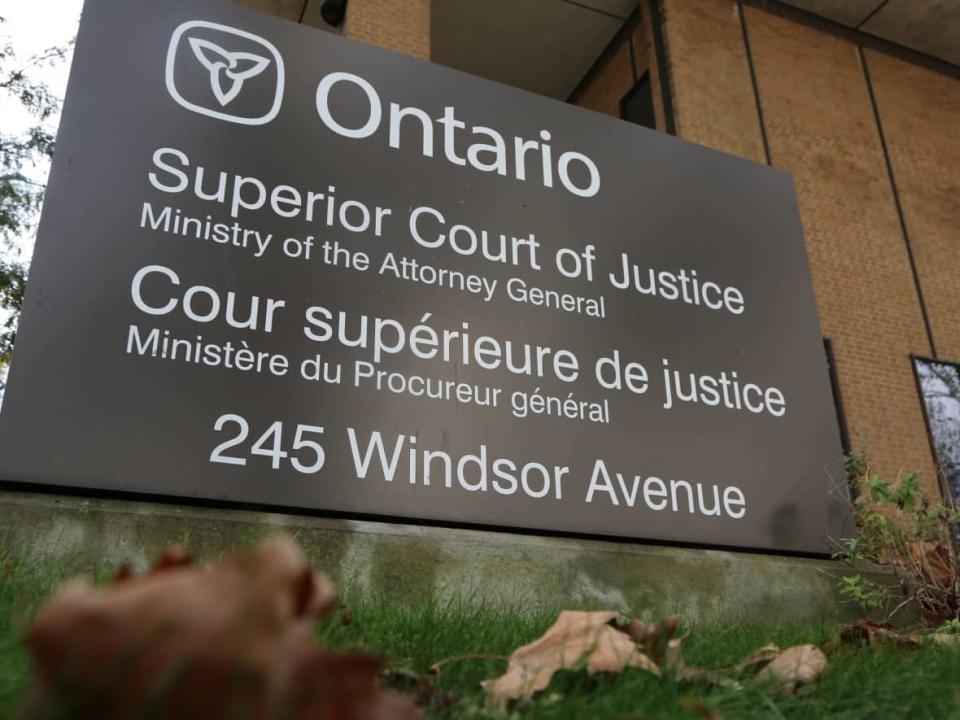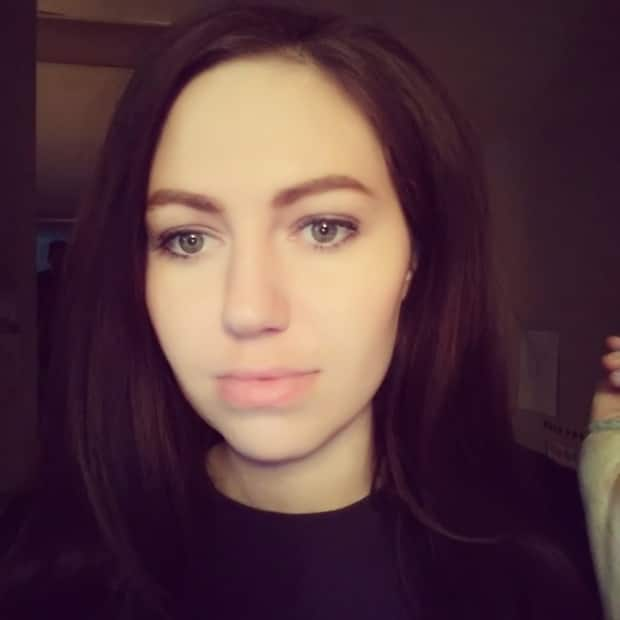Defence lawyer in Windsor murder trial challenges handling of crime scene

"It isn't impossible" that cross contamination of evidence took place when comforters were removed from the victim and her body was rotated in the bed, the court heard Friday during the first-degree murder trial of Jitesh Bhogal.
The defence is showing the jury non-sensitive photographs of Autumn Taggart's room the night her body was discovered in her bed on June 10, 2018. The pictures were taken by Windsor police constable John Lasorda, who worked in the forensic identification unit during the investigation. Lasorda's role was to photograph the scene and seize any evidence that came into direct contact with the victim.
He testified the coroner asked for his help to remove the blankets covering the victim and assist in rotating Taggart's body onto its side and stomach to examine for injuries and possible evidence or weapons. Those comforters, as seen in photos shown in court, were placed on the floor of the bedroom, which has been described as dirty and cluttered.
Bhogal's defence lawyer Peter Thorning suggested to Lasorda that by rotating the body on the bed sheet, which was seized, there's the possibility that DNA evidence or fluids could be moved from the body to the sheet, or vice versa. This is known as cross contamination.
"It isn't impossible," Lasorda testified.

During Thorning's cross examination, he began asking Lasorda about his specialized training to be a forensic identification officer. Lasorda said he's trained to change gloves between touching each piece of evidence, and when grabbing his camera to take photographs, to prevent cross contamination. Lasorda said cross contamination is when evidence is "inadvertently" transferred from one piece of evidence to another, such as DNA or hairs, for example.
Since 2007, Lasorda has been a police officer and took three months of training with the Ontario Police College to specialize in forensic identification. He testified that he's conducted hundreds, possibly "near 1,000" investigations of crime scenes using the same techniques as he did with the Taggart homicide probe.
Lasorda said he sized eight items: a cell phone and laptop (both found on the bed), medication, a silver and white comforter, purple comforter, grey pillow, blue and green bathrobe and a purple fitted sheet on the bed, under the victim when her body was discovered. Those items were sent to Windsor police headquarters for further examination.
Thorning also suggested the same possibility of cross contamination existed when the blankets covering Taggart's body were placed on the ground, and Lasorda agreed.
Lasorda's examination of evidence in Taggart's room included an examination for fluids — urine, saliva and semen. That's because in instances where there's a deceased female victim, the likelihood of sexual assault increases compared to a male victim, Lasorda testified.
The court heard that Lasorda found no "fluid deposition" that was consistent with a sexual assault. He admitted his examination of the body itself is limited as he's not a trained medical official, such as a coroner.
"Nothing overt on the body or around the body that would suggest a sexual assault," said Lasorda in court.
He also testified that there were "no obvious signs of a struggle." Lasorda clarified in court that signs of a struggle would be broken furniture or glass, forced entry or tampered locks or blood spatter, none of which were present in Taggart's apartment.
Bhogal was charged with first-degree murder, aggravated sexual assault and break and enter in 2018. He is a Canadian citizen, but was living in Michigan at the time of crime.
In a summary of the case read to all 14 jurors and Justice Renee Pomerance at the beginning of the trial, Crown Attorney Kim Bertholet said Bhogal came into Canada using the Windsor-Detroit Tunnel at around 2:15 a.m. on June 10, 2018.
Once here, she said Bhogal arranged to get drugs from two individuals, specifically cocaine. At roughly 3:02 a.m. Bhogal was seen on security video withdrawing money from an ATM. Bertholet said the drug dealer requested to be driven back to an apartment building on University Avenue West, near McKay Avenue, which is next door to where the victim, 31-year-old Autumn Taggart lived.
Bertholet said Bhogal arrived in a parking lot where there was a clear view of Taggart's third-floor apartment. The court heard that lines of cocaine were put out on the console of the vehicle and then the drug dealer went inside her apartment building.
Next, the Crown alleges Bhogal broke into Taggart's apartment. Once inside, he allegedly told Taggart's son, who was nine-years-old at the time, to go back to his room and go to bed.
When he woke up, Bertholet said the boy tried to wake his mother, but couldn't. He then contacted his father. When he arrived, the father found Taggart and called police.
The jury heard that an autopsy determined the cause of death to be strangulation and neck compressions. There were also injuries related to a sexual assault.

 Yahoo Movies
Yahoo Movies 